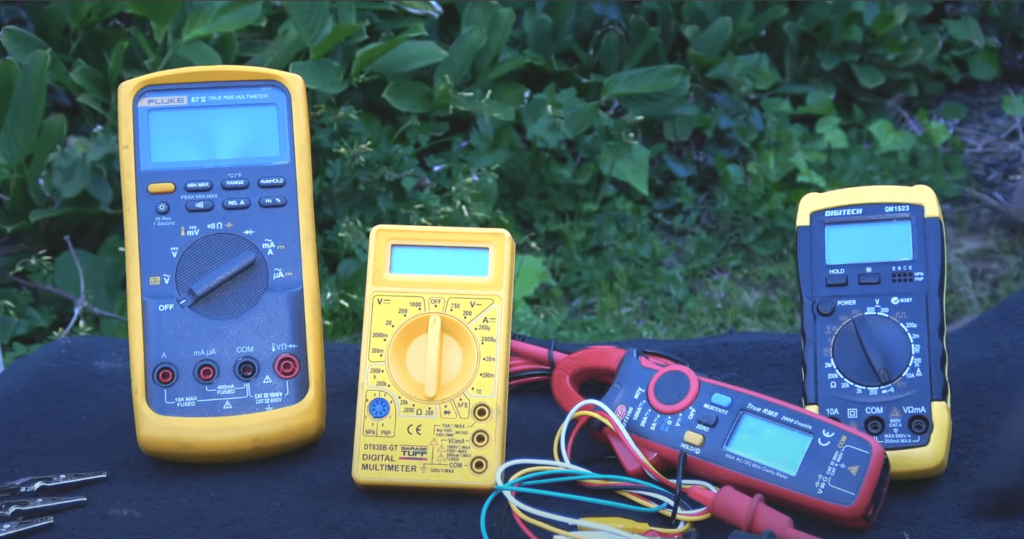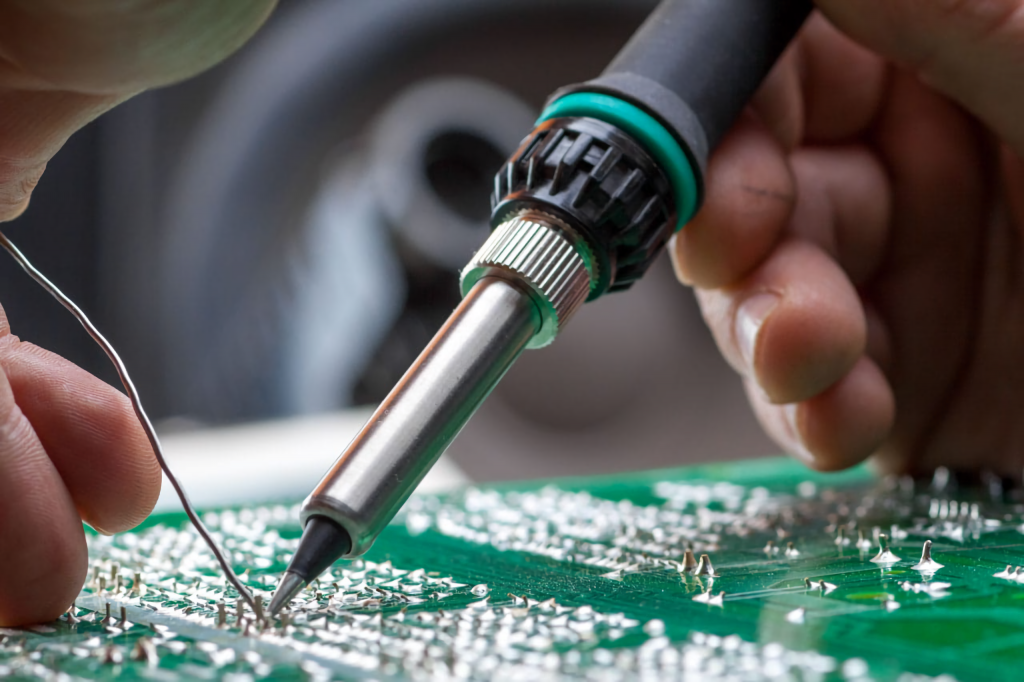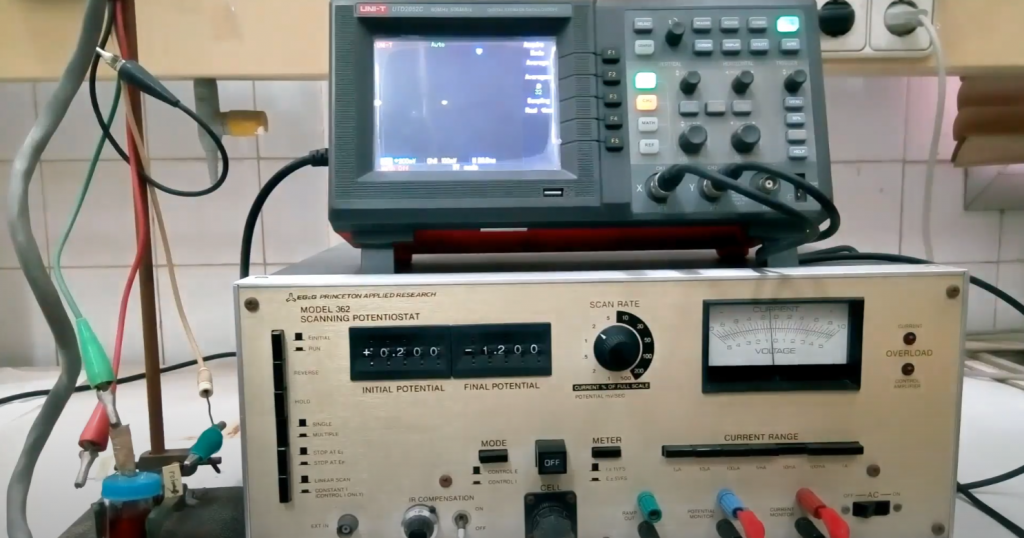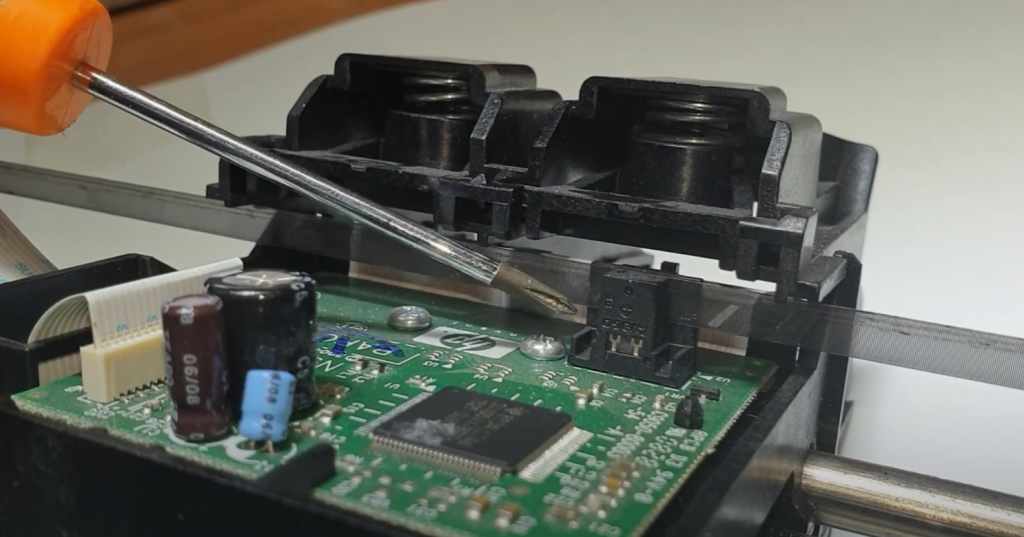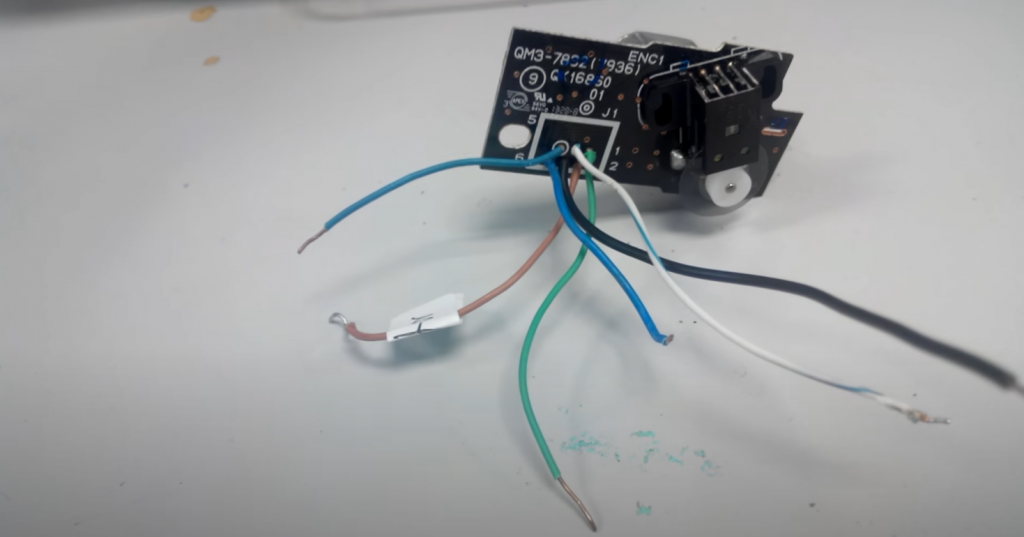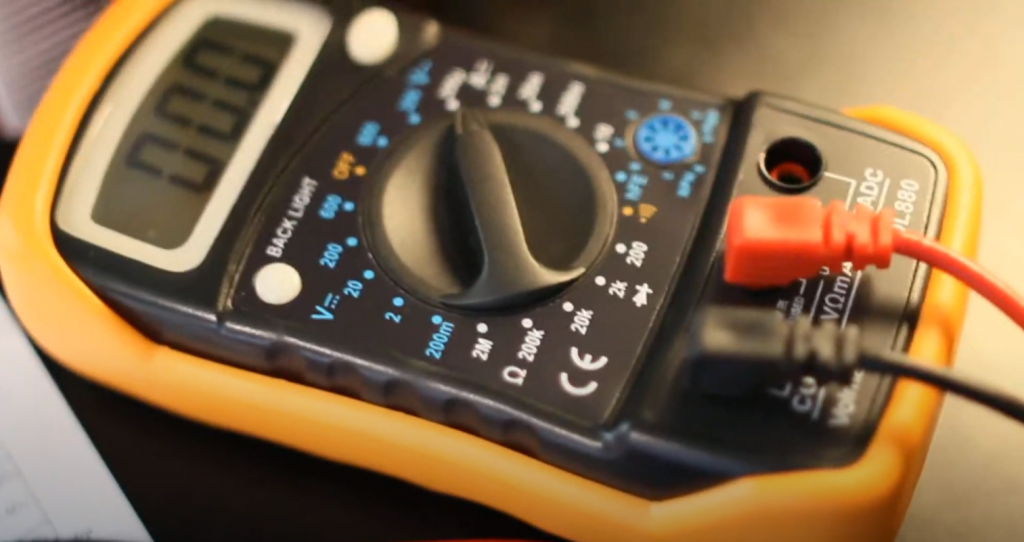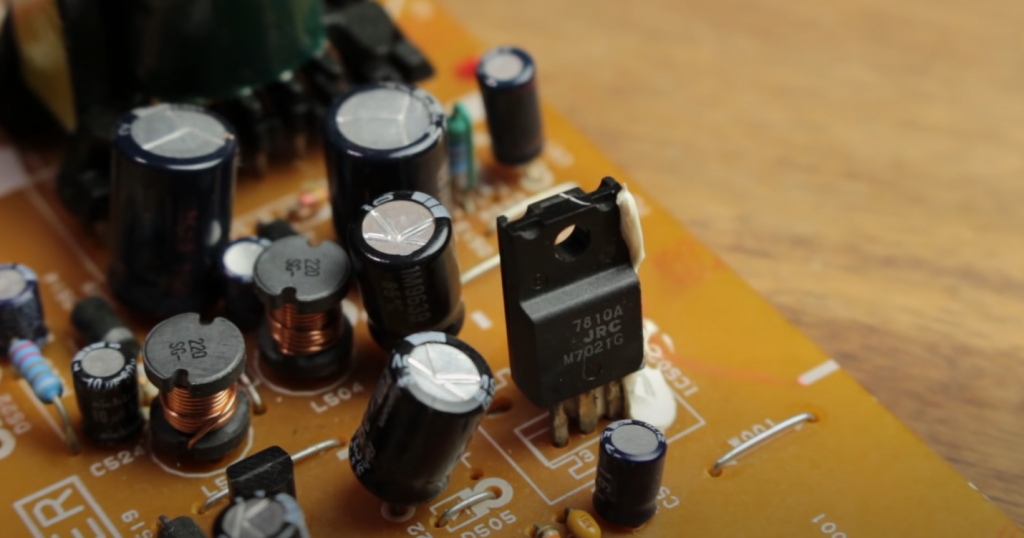A multimeter is an electronic measuring instrument that combines features of a voltmeter, ammeter, and ohmmeter into a single unit. The high resistance of multimeters is one of their most useful features. By definition, resistance is the opposition to the passage of an electric current. The higher the resistance, the more difficult it is for an electric current to flow. This makes multimeters ideal for measuring very high voltages and currents.
Most digital multimeters have a very high internal resistance. Since the multimeter is part of the circuit in which measurements are made, its internal resistance will affect the current flow through the circuit being measured. If the digital multimeter has a very high resistance, this resistance will cause a small change in the current circuit. If the internal resistance of the multimeter is low, the circuit being tested may cause significant changes. This can cause malfunctions in electronic systems because the increased current can damage components under test, or at least change the readings or cause signal changes. It is best to use a multimeter which has a resistance of at least 10 megohms. In this case the current flowing through the meter is so small that it almost does not change the circuit under test.
How Do Multimeters Work?
At the heart of a digital multimeter is a double-integrated ADC, an analog-to-digital converter in which the input signal is compared to a reference signal.
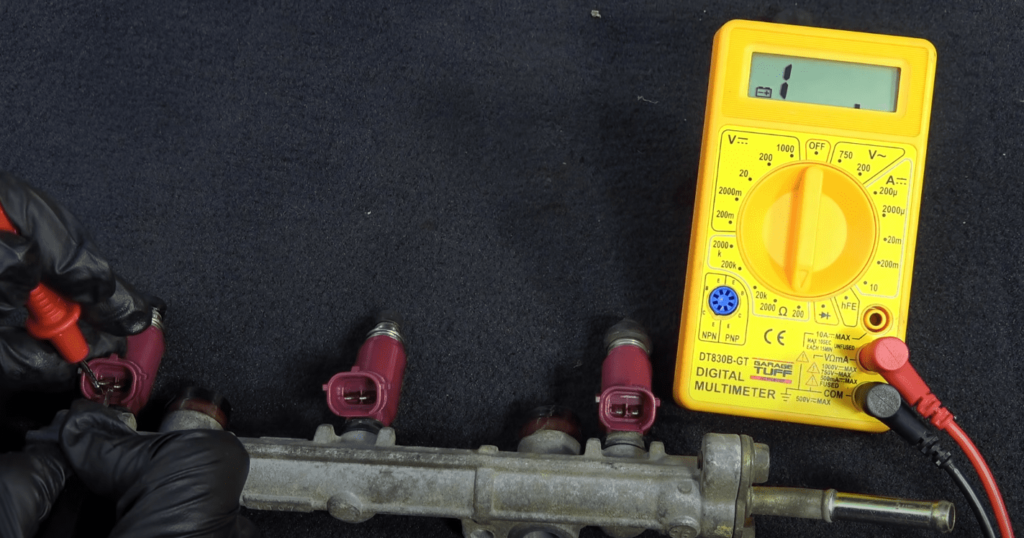
In order for the meter to show the value of an electrical parameter, the meter must be electrically connected to a circuit or component. These connections are made with a set of wires. The black wire is usually called the common or negative wire and the red wire is usually called the positive wire.
At one end of each wire is a plug that plugs into the meter socket. The other end of each wire is used to make contact with the circuit or component to be measured.
To measure DC current, the meter must be connected in series with the circuit in which the measurement is being made. If the meter, which is set to measure current, is inadvertently switched in parallel with a voltage source, the voltage can cause excessive current to flow through the meter and damage it.
To measure voltage, the meter must be connected in parallel with the voltage source. Since the voltage is the same in all branches of the parallel circuit, the voltage to be measured will also be on the meter, causing the meter to show the voltage level.
Resistance measurements should be made on de-energized circuits. Resistance measurements use a small internal battery to power the meter circuit and the resistance to be measured.
The Benefits of High Resistance in a Multimeter
High resistance in a multimeter has several benefits. First, it helps to prevent damage to sensitive electronic components. Second, it reduces noise levels in measurements. And third, it increases the accuracy of measurements.
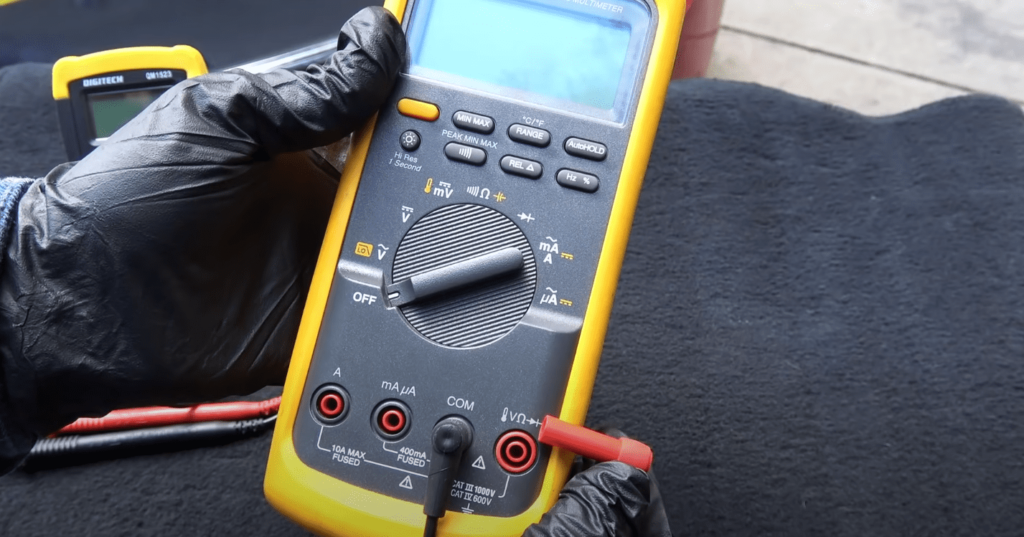
Thus, high resistance in a multimeter is advantageous because it protects electronic components, lowers noise levels and improves measurement accuracy. When troubleshooting electrical problems, be sure to consider the benefits of high resistance in your multimeter.
How to Choose the Right Multimeter for Your Needs?
No matter what line of work you’re in, it’s important to have a dependable multimeter. But with so many different types and models on the market, how can you choose the right one for your needs? Here are a few things to keep in mind when shopping for a multimeter:
- First, think about what features you need. Do you need a digital or analog display? Do you need AC or DC voltage measurements? Do you need to measure resistance or continuity? Make a list of must-have features before shopping.
- Once you know what features you need, start narrowing down your options by price. There’s no point in spending more money than necessary on a tool that will only be used occasionally.
- Finally, read online reviews to get an idea of which models are most reliable.
FAQ
How does a multimeter measure high resistance?
A multimeter can measure high resistance by using the ohmmeter function. This measures the resistance between two points in a circuit.
What is the resistance of a multimeter?
The resistance of a multimeter is the amount of electrical resistance that the device has. This resistance is measured in ohms and is typically between 0.1 ohm and 10 kohm.
Are Fluke multimeters high resistance?
Yes, Fluke multimeters are high resistance. This means that they can accurately make measurements, making them ideal for use in industrial and scientific applications.
Do budget multimeters have high resistance?
Budget multimeters may have high resistance, but it depends on the type of multimeter. Digital multimeters typically have high resistance, while analog multimeters do not.
Do multimeters use high or low impedance?
Multimeters use high impedance, which means that they do not draw much current from the circuit being measured. This is important because it means that the multimeter will not affect the circuit being measured.
Do multimeters have internal resistance?
Yes, multimeters have internal resistance. This resistance is necessary to measure the voltage or current in a circuit. Without it, the multimeter would not be able to take accurate measurements.
What does a high resistance mean?
A high resistance means that there is a lot of resistance to the flow of current. This can be caused by a variety of things, including a bad connection, a blockage, or a high impedance.
Why is it important that the digital multimeter have a high internal resistance?
It is important that the digital multimeter have a high internal resistance for two reasons. First, a high internal resistance means that the multimeter will not load down the circuit being measured, which could give false readings. Second, a high internal resistance means that the multimeter is less likely to be damaged by electrical surges.
Does a voltmeter have high resistance?
Yes, a voltmeter has high resistance. This is so that it doesn’t interfere with the circuit that it’s measuring.
What causes high resistance?
There are many potential causes of high resistance in electrical circuits, including poor workmanship, damaged or corroded wires, loose connections, and faulty components.
Related Video: Multimeters – Resistance and Continuity
Final Thoughts
Multimeters have high resistance because they are designed to measure very small changes in voltage. This high resistance is necessary in order to get accurate readings. Without it, the readings would be significantly less accurate. Thanks for reading!

